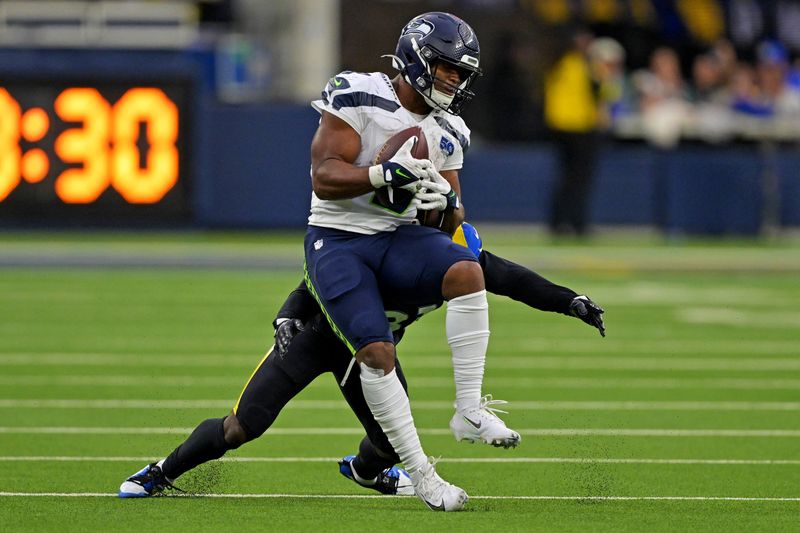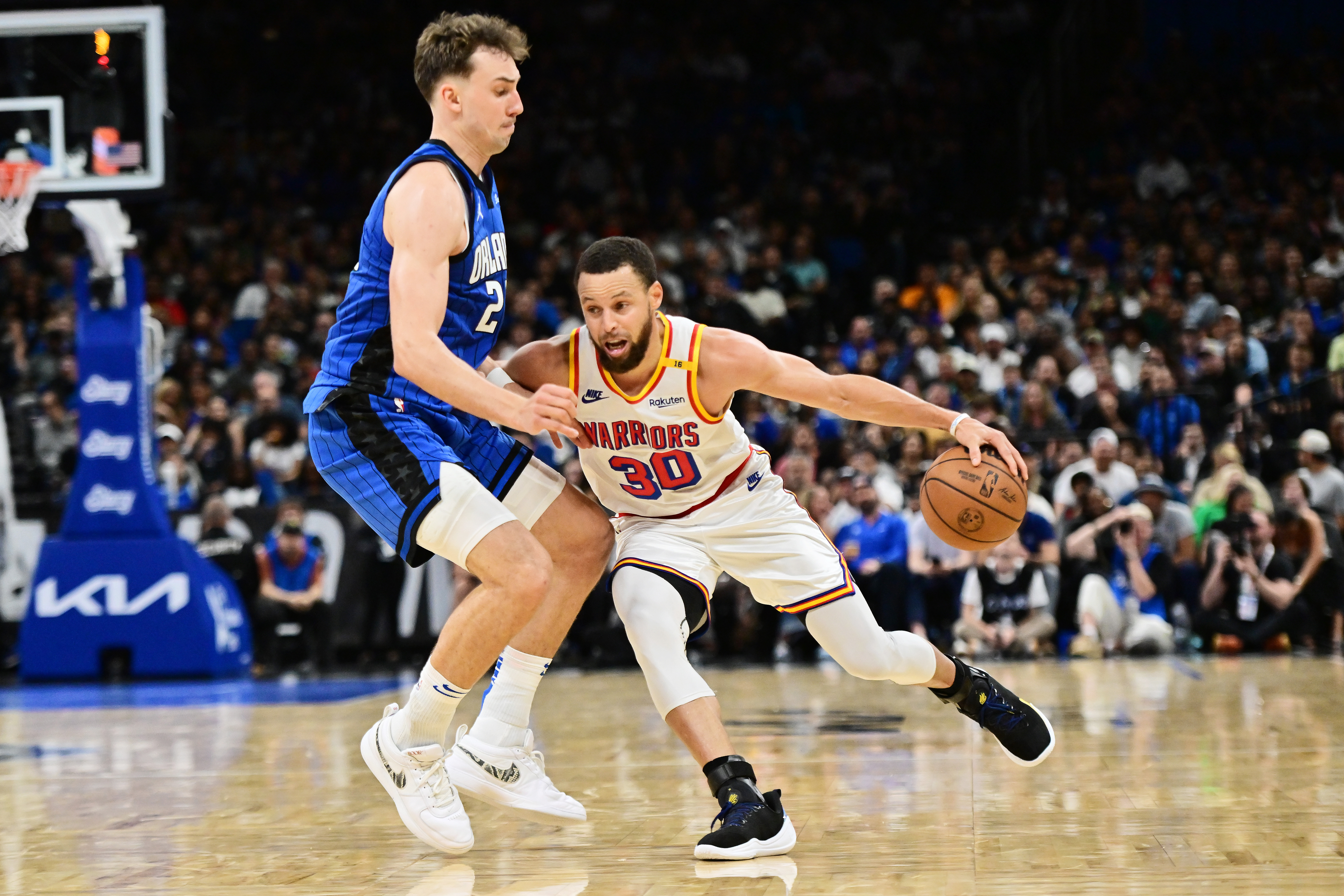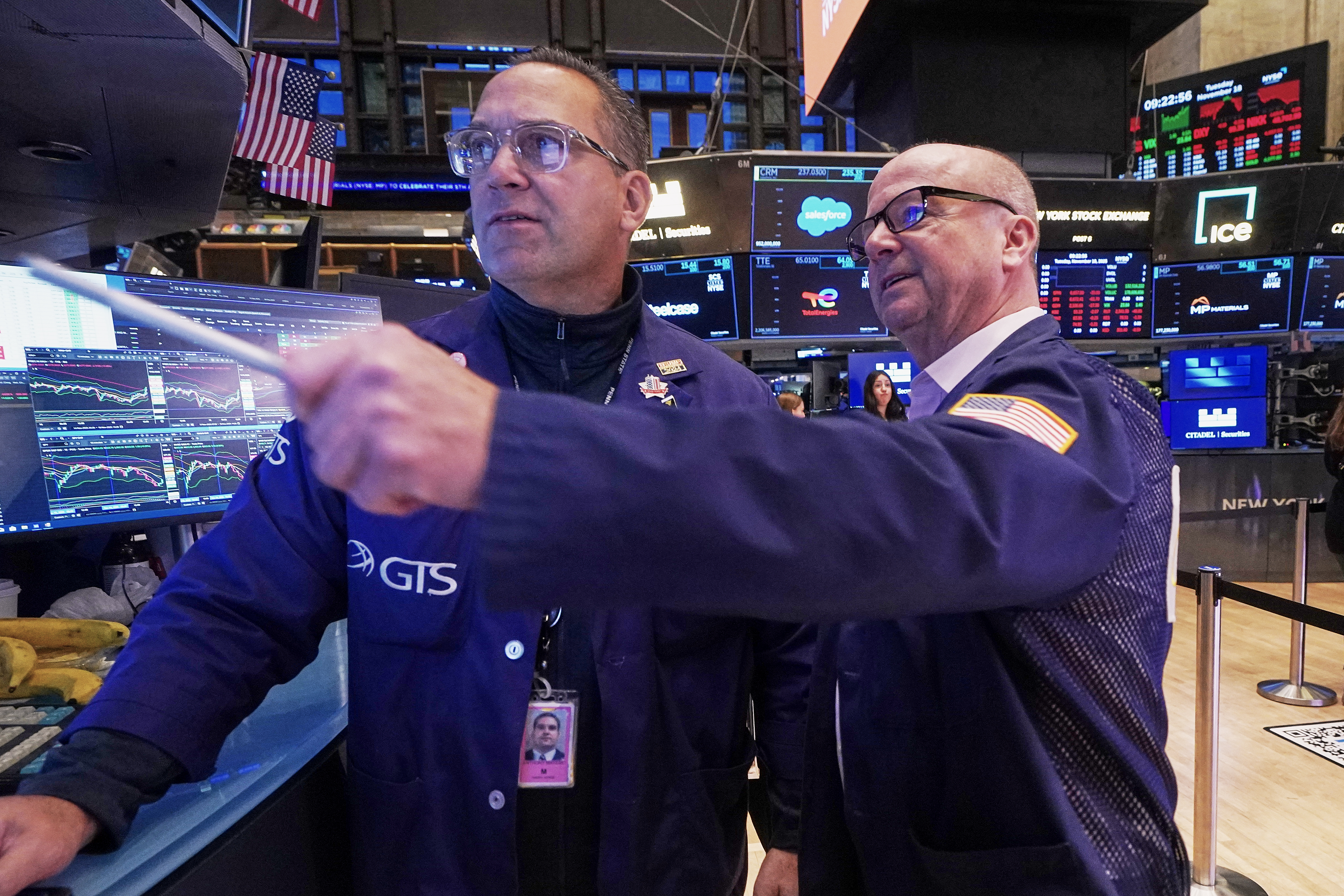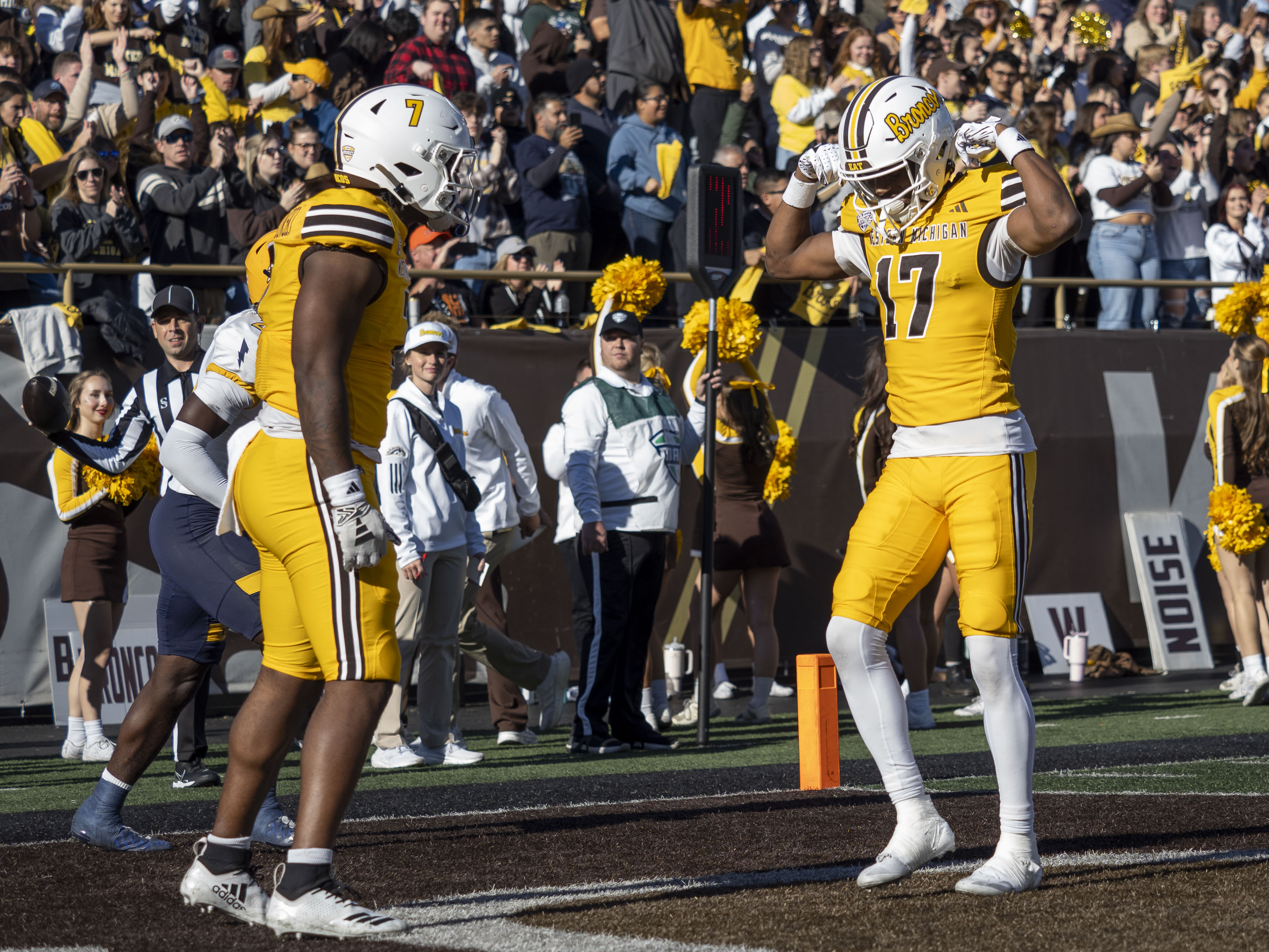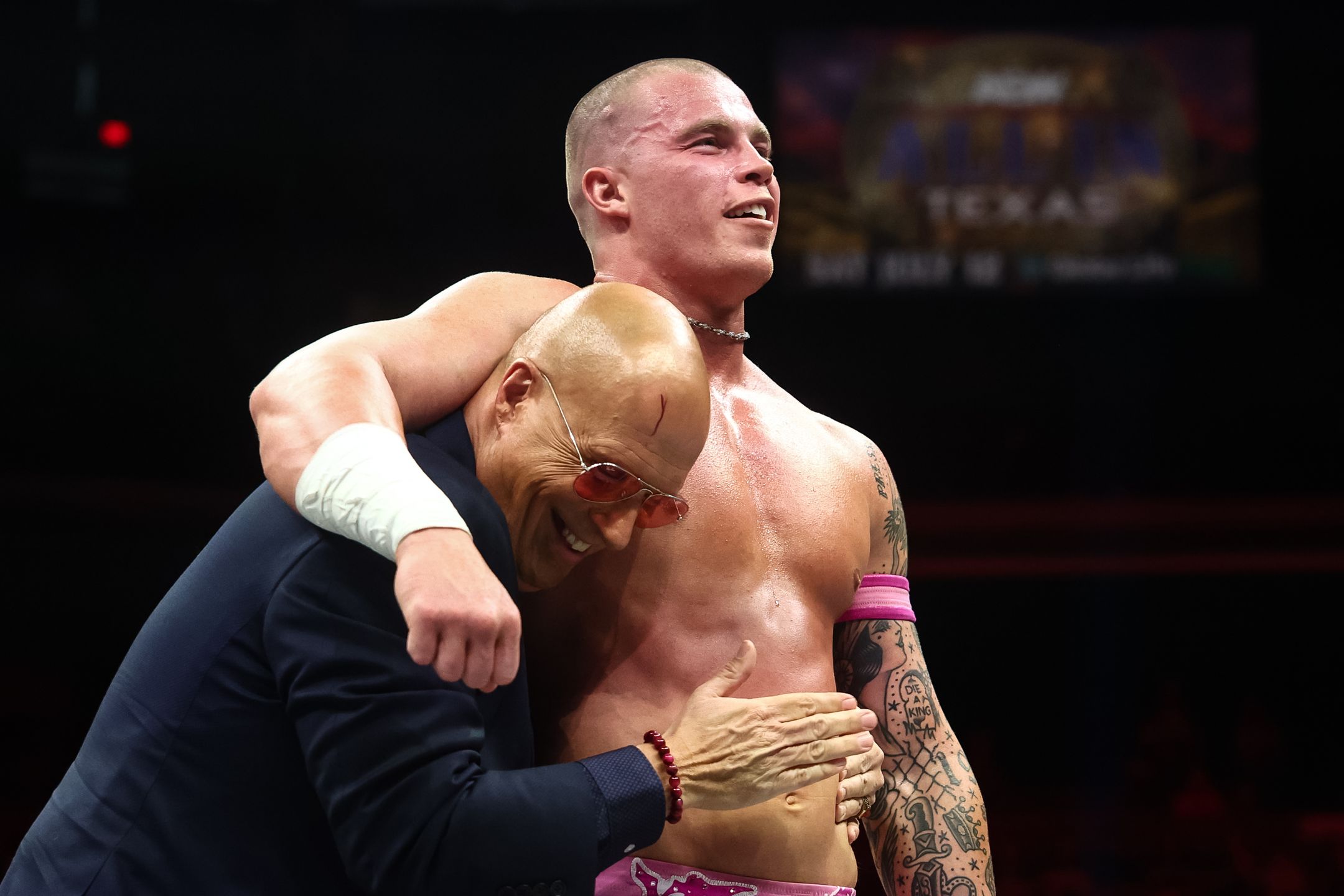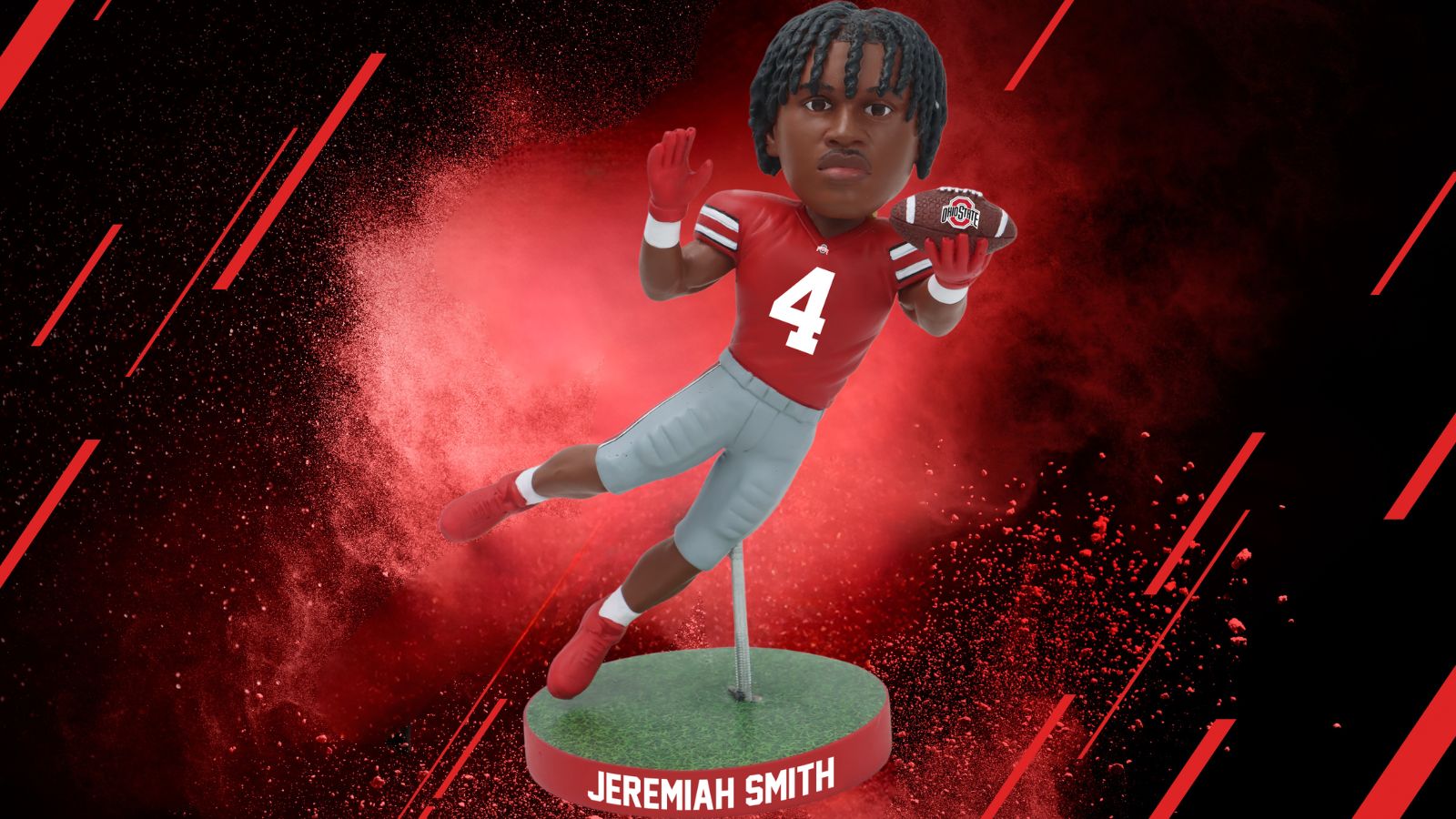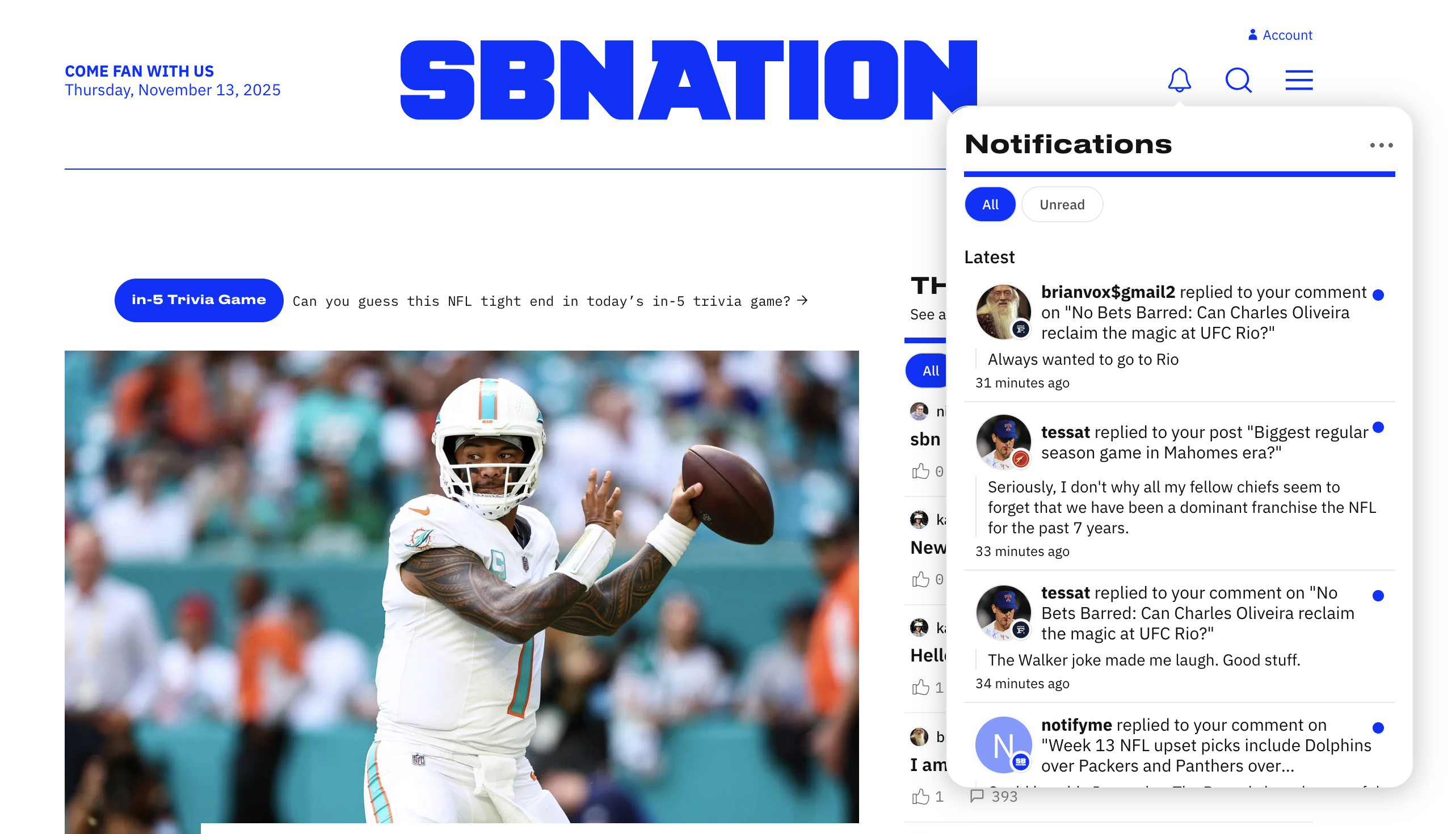What's Happening?
The New York Jets are facing a challenging situation as they continue to struggle with finding a franchise quarterback. Despite having Justin Fields as their current quarterback, the team is performing poorly, with a 2-8 record and ranking low in scoring
and passing yards. The upcoming 2026 NFL draft is not expected to offer promising quarterback prospects, as noted by NFL executives. Arch Manning, a potential top pick, is likely to remain in college, leaving the draft class lacking in high-caliber quarterbacks. This situation is compounded by the influence of NIL deals, which encourage college players to stay in school longer.
Why It's Important?
The Jets' ongoing quarterback issues highlight the broader challenges faced by NFL teams in securing top talent. The lack of promising quarterbacks in the 2026 draft could impact the Jets' ability to rebuild and improve their performance. This situation underscores the importance of strategic planning and leadership within the franchise to develop infrastructure that supports player development. The influence of NIL deals also reflects a shift in college sports, affecting the availability of players for professional drafts and altering team strategies.
What's Next?
The Jets may need to consider a regime change to bring new leadership and vision to the franchise. This could involve reevaluating their approach to player development and team management. As the 2026 draft approaches, the Jets will need to explore alternative strategies to strengthen their roster, possibly focusing on other positions or seeking trades. The team's future success may depend on their ability to adapt to the evolving landscape of player recruitment and development.
Beyond the Headlines
The situation with the Jets highlights the growing impact of NIL deals on college athletes' decisions, potentially leading to longer college careers and affecting the dynamics of professional drafts. This trend may prompt NFL teams to adjust their scouting and recruitment strategies, considering the long-term implications of player availability and development.



